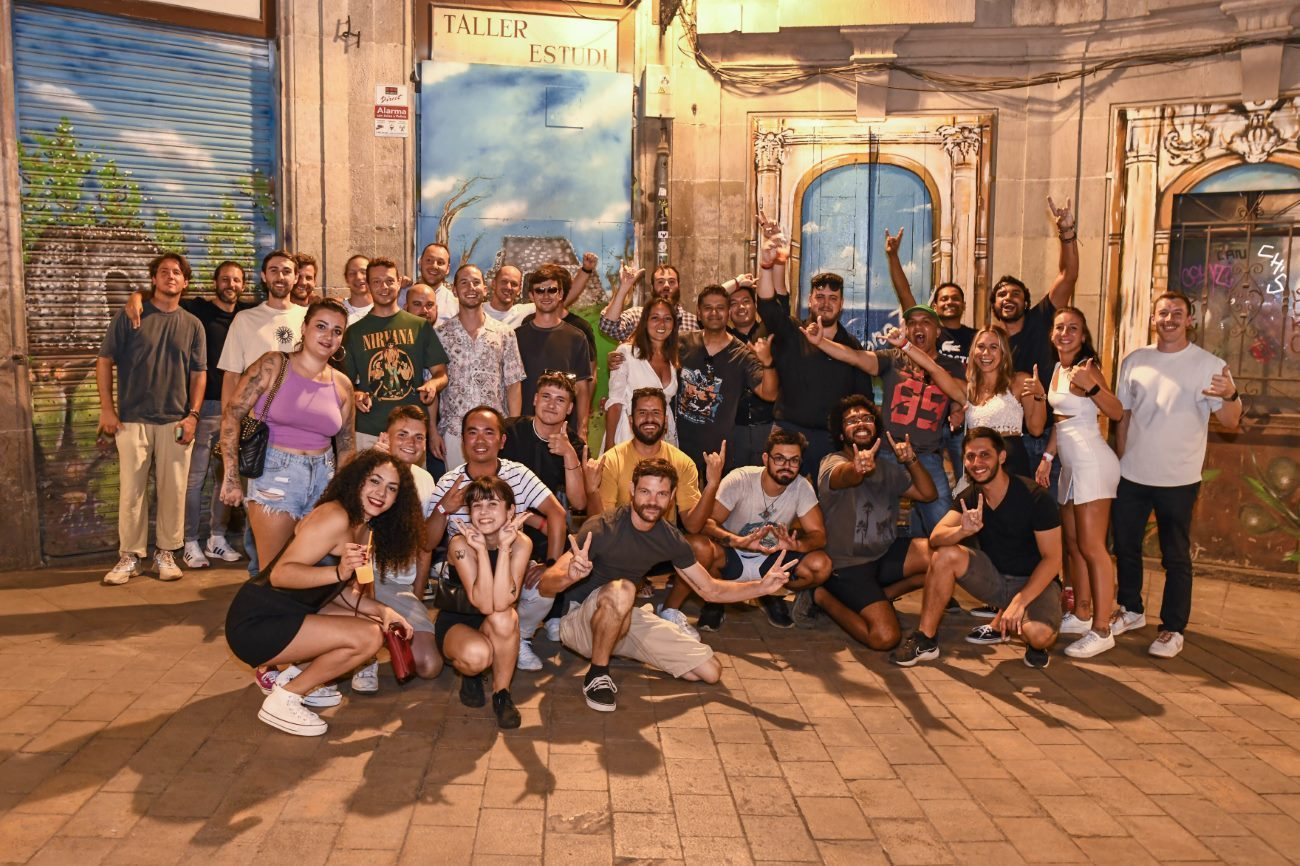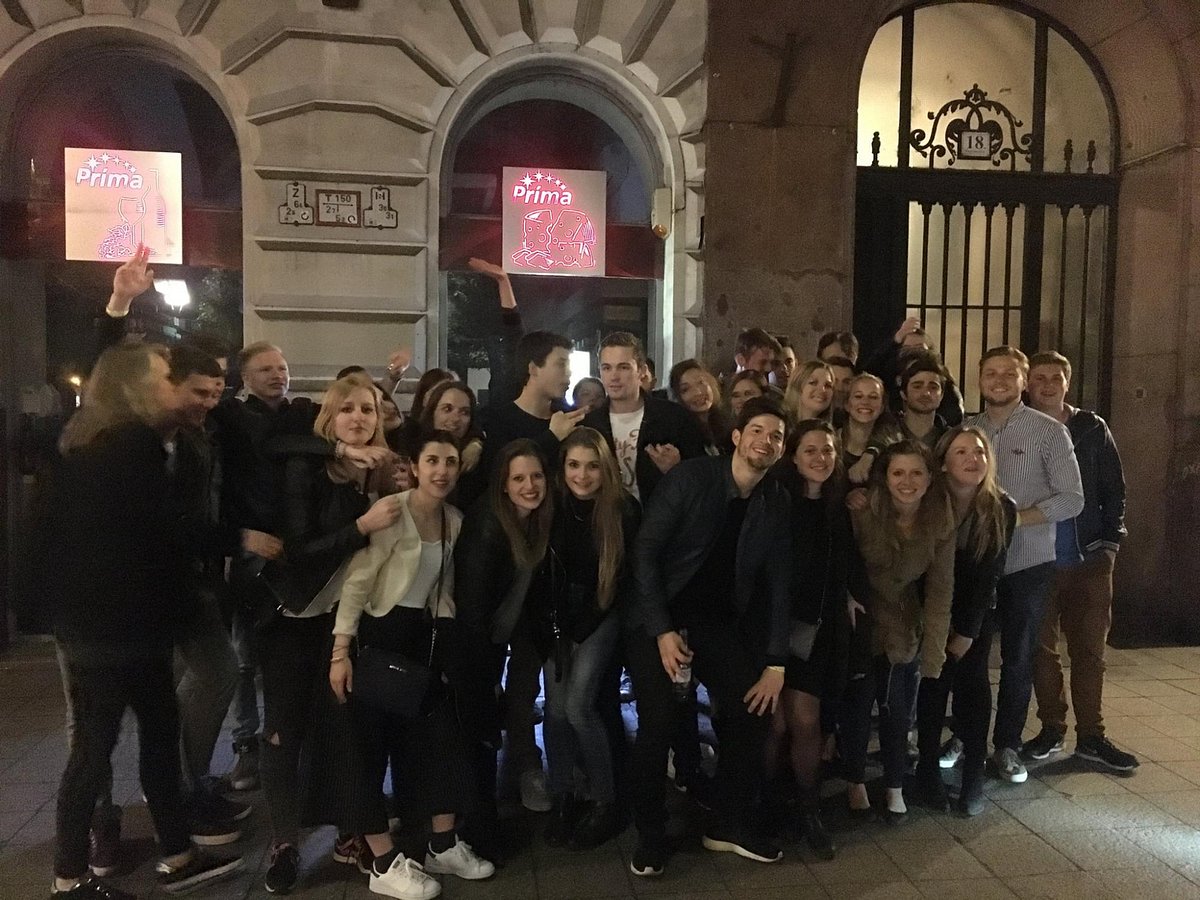Introduction
The best-known is the Red Light District, located in Amsterdam; it is famous for legalize prostitution andactive nightlife. It might be sensitive or not quite politically correct to talk about, but to fully satisfy one’s own natural curiosity and desire to know how the district operates and the rules of the game, so to say, one needs to learn as much as possible about its workings. In this beginners guide we shall try and look at the main aspects of how Red Light District Amsterdam operates.
In the case of the current work, the structure of the Red Light District is in focus mainly with respect to its organization and the kinds of companies having their registered offices in this area of Amsterdam.
Red light District is found in the older part of Amsterdam and specifically in de wallen. It includes some thin roads and trails along the canal, with the windows running with sex workers in red-lit brothel windows. The most famous street in the district is the Oudezijds Achterburgwal but there’s a lot of other interesting ones.
When you are walking through the Red Light District, you will observed that every window has a red curtain. In the background, there are girls for sale. It also consists of different forms of businesses including sex theaters, strip clubs, shops, and coffee shops.
How Paid for Sex Works
Prostitution is legal in Holland since year 2000 onwards; however, the practitioners are requisite to meeting certain conditions set by the Dutch government. The government put in place measures to protect the lives and health of woman involved in sexual business. Here are some essential points to understand:
They have also pointed that the sex workers must be of more than 21 years of age and must be registered with the local administration.
They have every right to reject any customer, which afford them their independence as well as security.
The sexually active ones visit health facilities for check-up with an aim of avoiding the spread of the infections.
Use of Physical force, coercion or engaged in Trafficking of persons is prohibited.
Visitor Guidelines
If you’re planning to visit the Red Light District, here are a few important guidelines to keep in mind:
Do not take pictures or record videos of the sex workers.
Avoid knocking on the window or using any vulgar language regard the employees.
Do not stray into Residential Regions as the route is only authorized for hikers.
The client should not buy any drugs, or engage in any unlawful acts.
Cultural Analysis of Coffee Shops
This city is also famous for the coffee shop business where selling and consuming marijuana is permitted within certain conditions apart from prostitution. Here’s what you need to know:
Currently one must be an adult and above the age of an 18 years to be allowed entry in to a coffee shop.
Almost every dispensary has a list of variant types of coffee they prepare, and since each type originates from different cannabis strains, they can decide strength and consequences.
It is okay to smoke it in some certain places; therefore, those should use it in those places or with the permission of the owner of that premise of place since people cannot be smoking in public places.
Awareness of Safety
Amsterdam is generally safe, so I have to emphasize that everyone has to be careful especially when visiting the Red Light District. Here are some safety tips:
Do not stroll at night and should avoid walking through poorly lit areas.
Your properties should also remain safe and always be wary of thieves that often try to pick pockets.
Just like any other usual>>>Avoid taking alcohol or any type of drugs in large quantities in order to be alert of your environment.
If you don’t feel comfortable mingling with the locals, and there is so much history and culture in the district that you would want to know about.
The Cultural Significance
However, today the Red Light District is quite famous and at the same time cultural and historical place in Amsterdam. That is, it is an area of Chicago where one could find the reception of homosexuality and similar tolerant attitudes. The district is accepted as free and tolerant zone and a lot of people from different corners of the world start visiting the district.
So, it’s essential to turn up with no prejudice or preconeived notions of the area and the people working there and to accept the profession which the ladies and men practicing it exercise for their means of livelihood.
Conclusion
The Red Light District Amsterdam represents a well known and quite exotic tourist attraction that covers the aspects of prostitution. Meaning if you do get an opportunity to visit such a district you have the information that can_compile with the rules, regulation, policies, and culture of the district hence have a sensible and informative experience. Just a reminder: Don’t mistreat the sex workers, protect yourself, and celebrate the district as the part of the city free from bigotry and shame.





